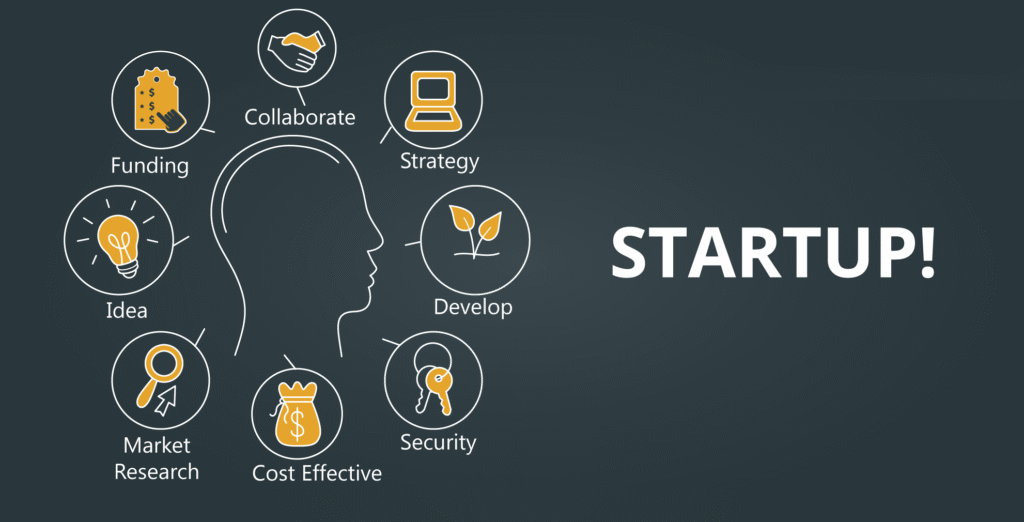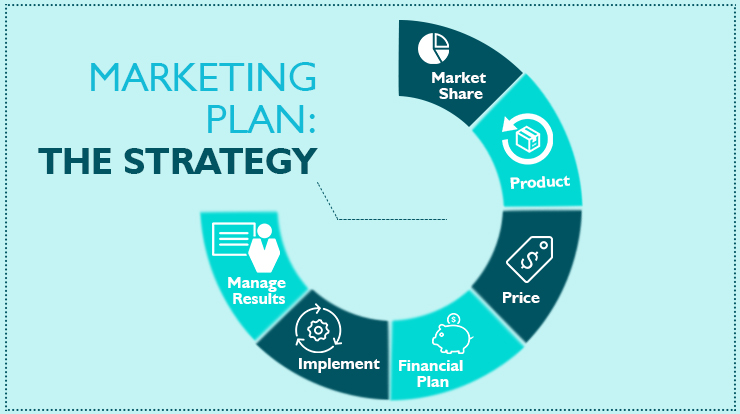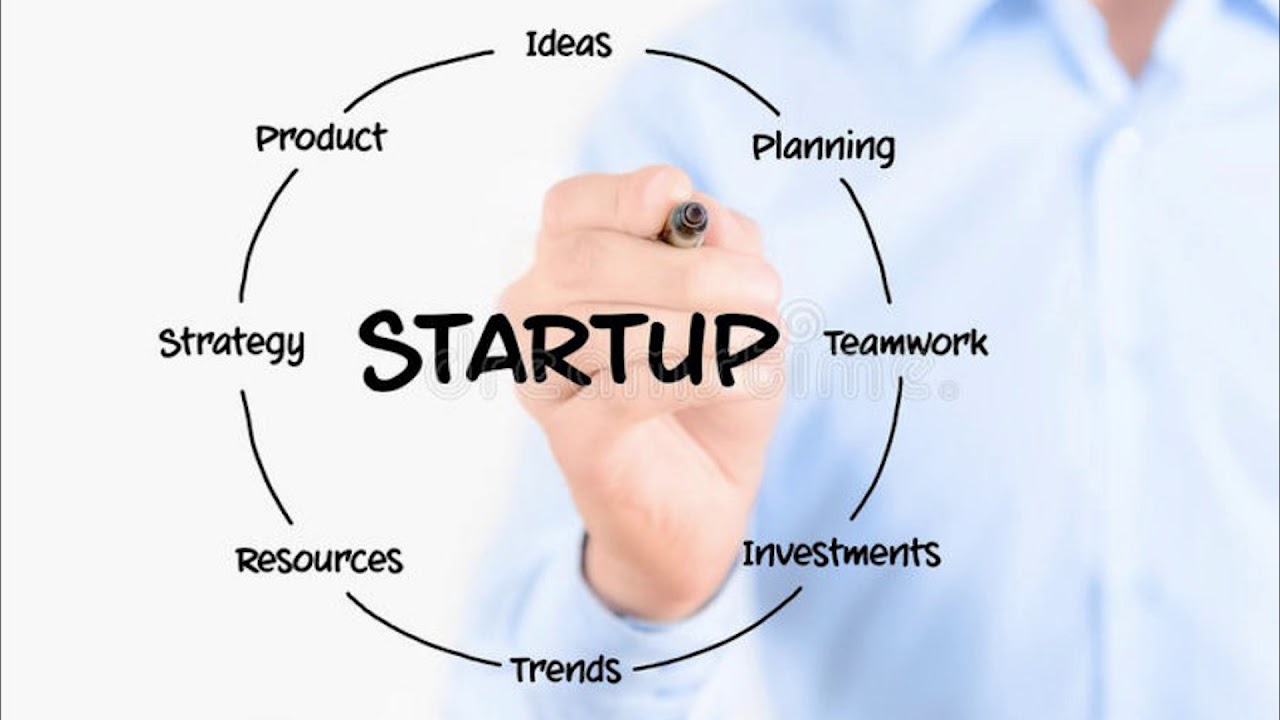Introduction
Every successful startup begins with a great idea, but turning that idea into a thriving business requires strategic planning and precise execution. From market research to product launch, and from customer acquisition to scaling operations, each step in your startup journey demands a thoughtful approach. This comprehensive guide explores key strategies that can help entrepreneurs move from concept to execution successfully.
1. Validate Your Idea with Market Research
Before investing time and resources, confirm that your idea solves a real problem for a clearly defined audience.
Steps to validate your idea:
- Conduct surveys and interviews with potential users.
- Analyze competitors and identify market gaps.
- Use tools like Google Trends and forums (Reddit, Quora) to measure demand.
Pro Tip: Create a minimum viable product (MVP) to test your concept in the market.

2. Develop a Clear Value Proposition
Your value proposition defines the unique benefit you offer to customers. It should be clear, concise, and customer-focused.
Consider:
- What makes your solution different or better?
- What pain points are you addressing?
- How do you make your customers’ lives easier?
Crafting a compelling value proposition will help in marketing and customer acquisition.
3. Build a Lean Business Plan
Instead of a long traditional business plan, opt for a lean canvas that outlines:
- Problem and solution
- Key metrics
- Revenue streams
- Cost structure
- Channels
- Customer segments
This allows you to iterate quickly as your idea evolves.
4. Assemble a Strong Team
A strong founding team can make or break a startup. Surround yourself with individuals who complement your skills and share your vision.
Roles to prioritize:
- Technical co-founder (if tech product)
- Marketing or sales lead
- Operations manager
Culture fit and trust are as important as skills when choosing co-founders or early hires.
5. Develop an MVP and Test
The MVP is a stripped-down version of your product with just enough features to validate assumptions and gather feedback.
Benefits of launching an MVP:
- Lowers development costs
- Speeds up time to market
- Helps in early customer acquisition and validation
Use tools like no-code platforms, prototyping software, or beta programs to build and test quickly.

6. Secure Initial Funding
Startups often need early-stage funding to move from idea to execution.
Common sources of funding:
- Bootstrapping
- Friends and family
- Angel investors
- Incubators and accelerators
Prepare a compelling pitch deck that outlines the problem, solution, market size, traction, and team.
7. Build a Brand Identity
Even early-stage startups need strong branding to build trust and recognition.
Brand elements include:
- Business name and domain
- Logo and color scheme
- Tone of voice
Your brand should align with your audience’s values and communicate professionalism and reliability.
8. Launch and Market Your Product
A well-executed product launch can build momentum and attract early adopters.
Pre-launch tips:
- Start building an email list.
- Tease product features on social media.
- Reach out to press and influencers in your niche.
Post-launch strategies:
- Offer limited-time discounts or bonuses.
- Collect testimonials and reviews.
- Track launch metrics and adapt based on feedback.
9. Focus on Customer Experience and Retention
Your first users are crucial. Treat them like partners in your success.
Enhance customer experience by:
- Providing excellent support
- Regularly asking for feedback
- Offering loyalty programs or early access to new features
Happy customers will spread the word and help fuel organic growth.

10. Monitor Metrics and Iterate
Execution doesn’t end with launch. Continuous improvement is key.
Metrics to track:
- Customer acquisition cost (CAC)
- Customer lifetime value (CLTV)
- Churn rate
- Conversion rates
Use analytics tools to monitor performance and optimize your processes, product, and messaging accordingly.
Conclusion
Bringing a startup from idea to execution is a complex yet rewarding journey. By focusing on validation, planning, team building, customer feedback, and adaptability, entrepreneurs can significantly improve their chances of success. These key strategies will help you navigate uncertainty and transform your vision into a thriving venture
